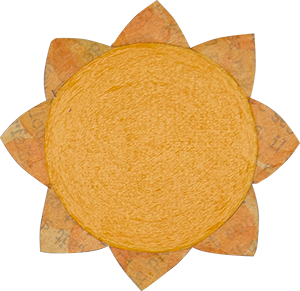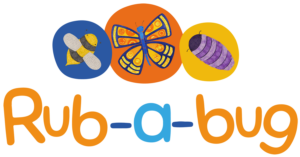Brain and Body Connections

In response to sensory stimulation, neurons send messages to the brain and the brain sends messages back, creating a connection and a response. Everything your baby does, smells, tastes, sees, hears or feels strengthens each particular connection. In fact, a healthy newborn begins life with an estimated 100 billion neurons in their brain, nearly twice the amount of the average adult, creating a vast web with the possibility of trillions of connections!
Important brain and body connections will be made stronger during your PLAYssage time. Medium pressure massage, facilitated movement, eye contact, and music exposure, all vital elements of PLAYssage, have been observed to improve digestion, sleep, growth, comfort, learning, and socialization. Additionally, studies show that exposure to music and eye contact may improve brain function. And hearing you speak and sing helps your baby begin to learn language and rhythm. Benefits have also been noted in children with special needs, such as autism and down syndrome.
Not only is massage beneficial for your baby, but it’s one of the most precious gifts you can give to yourself. Giving and receiving massage stimulates the release of oxytocin — a natural chemical in your body that creates feelings of peace and calm. It will help you to bond with your baby and give you confidence as you learn to understand and respond to their cues. Parents and caregivers performing massages can experience reduced stress, increased confidence, and build bonds that will continue to grow.
Placeholder
For Baby
Digestion
- Decreased gas and constipation (1)
- Improved elimination (1)
Sleep
- Improved sleep patterns (2, 3)
- Faster onset of sleep (3)
- Increased melatonin production at night (2)
- Increased activity and alertness during the day (3)
Growth
- Improved muscle tone (4)
- Increased weight in premies (5,6,7)
- Increased body temperature in premies (8)
Comfort
- Decreased colic symptoms (9)
- Decreased response to pain (10)
- Decreased fussiness (11)
- Faster recovery from pain (10)
Learning
- Improved motor skill development (4)
- Improved spatial awareness (12)
Socialization
- Social skills and language learning stimulated by eye contact. (13, 14)
- Improved ability to predict tones and rhythmic patterns in language with music exposure. (15)
Placeholder
For Parent/Caregiver
- Decreased postpartum depression symptoms (16, 17)
- Increased confidence (18)
- Improved understanding of non-verbal cues (18)
Placeholder
For Baby & Parent/Caregiver
- Decreased stress (lower cortisol) (11,19)
- Release of oxytocin (20)
- Increased attachment (16,17, 21)
- Deepened mutual bond (18, 22)
- Brain wave, emotional and heart rate synchronization during direct eye contact (23)
PLAYssage is one of the best activities you can do with your baby to promote healthy growth and development!

